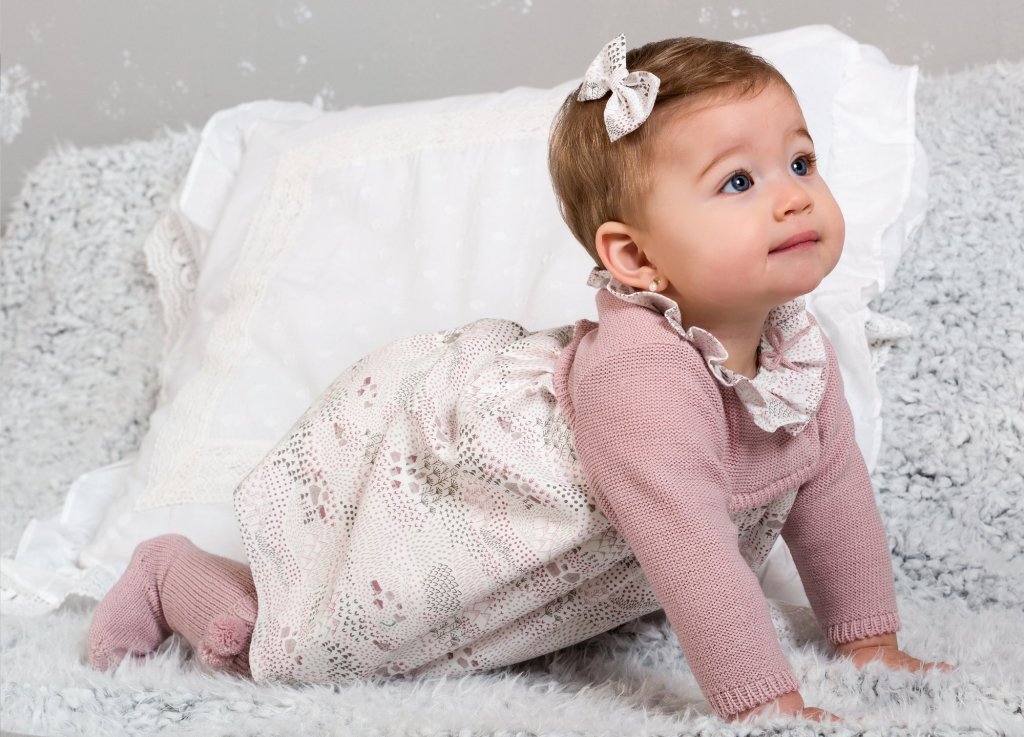Caring for the newborn becomes an imperative part of maternal life. The tiny bundle of warmth is so fragile that we are often worried about the do’s and don’ts. And oh! What about the last reminder of its stay in the womb that’s still attached to the body? Yes, the little remnant of umbilical cord. That little stump on the belly stumps many moms. But not anymore. Here is everything you need to know about this clamped mystery.
Read more: Signs and Symptoms of Placental Abruption
What is Umbilical Cord Stump?
When the baby is inside the womb, it needs nutrition. The placenta provides the nutrition to the fetus through a tube called the umbilical cord. This cord is attached to the fetus at the navel. After the baby is born, it no longer needs the cord. So, the cord is clamped and cut close to the body leaving behind a small stump attached to the belly. This stump is half to one inch long and takes 1-2 weeks to dry up and fall.
What to Expect?
The umbilical cord stump often looks worse than it is. Knowing what to expect helps in determining what is normal.
- Right after birth, the stump is shiny white and may feel slightly damp.
- It turns brown, gray or even black as it dries and heals.
- When the stump falls off, it leaves behind a red, raw looking spot.
- Some fluid tinged with blood may ooze out of the area. This lasts up to two weeks and is totally normal.
Caring Baby’s Umbilical Cord Stump
How to take care of the stump?
Regularly cleaning and taking care of the umbilical stump is crucial to the infant’s health. With a little extra attention, it could be a piece of cake.
- Keep the area dry: Moisture not only promotes the growth of bacteria in the region but it also delays the drying up of the stump.
- Be careful with diapers: Use special cut out diapers or fold the diaper away from the cord. This keeps the cord from being constantly irritated and avoids contact of the stump with urine.
- Only give sponge baths: If the stump gets wet, fan it dry. Rubbing it would cause irritation and redness.
- Do not pick or pull the cord: It looks like it’s only hanging by a thread but it is best to allow it to heal naturally. Do not try to ‘help’ it fall off.
- Breathable clothing: Babies should be dressed in clothing that allow proper air circulation. Diapers and loose shirts are preferable. Body suits should not be used until the stump has fallen off.
Read more: 12 Awesome Treatments for Diaper Rash
Cleaning the stump
It is advisable to clean the umbilical area once a day and along with diaper changes. Use a cotton swab or a Q tip.
- Dip the cotton swab in warm water
- Gently wipe around the sides of stump and skin around it
- Wipe any wet sticky or dirty substance away from the umbilicus.
- Pat dry with a soft cloth.
Earlier alcohol or spirit was suggested for cleaning but recent findings have shown that it should be avoided as it irritates the skin and delays healing by killing even the ‘good’ bacteria that help in drying of the stump.
Goldenseal root powder and dried myrrh are a few herbs that help to keep the infections at bay.
When to be worried?
The umbilical stump is prone to infections. The infection of the umbilicus is called omphalitis. It could be dangerous for the child if not caught early. So, it is important to know the signs of infection in the umbilicus and watch out for them. In case of doubt, one should always consult a doctor.
- Base of the stump appears red and swollen: this is usually the first sign of infection but a red base does not always mean an infected stump. Sometimes, the dry cord may rub against the nearby skin causing it to appear inflamed. To rule this out, gently push the stump away from the red area and mark the margins of redness. Wait for 30-60 minutes. The redness will subside. If the redness persists and spreads beyond the mark, it indicates an active infection and should be treated immediately.
- Continuous active bleeding from the stump: A bleeding is said to be active when soon after wiping the blood, another drop appears. Active bleeding can also occur if the stump has been pulled off prematurely.
- Foul smelling discharge: A little discharge usually appears from the stump and is normal but if this discharge starts to smell bad and changes color to yellow or green, consult a doctor.
If left untreated, omphalitis may spread to involve the entire abdominal wall and cause muscle necrosis. It is dangerous to the survival of newborn.
Risk factors-
- Low baby weight specially less than 2.5 Kg at birth.
- Prior umbilical catheterization.
- Septic delivery
- Pre-term birth.
Treatment-
Omphalitis is generally treated by parenteral anti- staphylococcal penicillin with aminoglycosides. Clindamycin and metronidazole may be used. Self-treatment should never be done.
After the Cord Falls Off
Initially the belly button may look like an open wound due to remaining umbilical cord vessels. it heals naturally over 2-4 weeks. It may be accompanied by umbilical granuloma formation or umbilical herniation.
If the stump does not fall for more than two months, it may indicate immunological or anatomical pathology. Consult a doctor.
Umbilical Granuloma
Sometimes, a moist, red lump of tissue can form on the baby’s navel. It is a minor problem. it is not accompanied by redness, warmth or tenderness in the surrounding tissue. This differentiates it from infections. It is not painful because there are no nerve endings in the navel. However, a persistent yellow-green drainage may be present and requires regular cleansing.
Treatment-
These granulomas either heal naturally or are cauterized by applying silver nitrate to the area. As silver nitrate can cause chemical burns, self-treatment must be avoided.
Umbilical Hernia
An umbilical hernia happens when a part of intestinal loop or gas pushes through the abdominal wall. It looks like swelling of umbilicus which increases in size during coughing or crying. It is not painful or sensitive to touch. These are very common and recede normally. Nevertheless, a doctor’s guidance should be taken.
Read more: Home Remedies for Hernia During Pregnancy
Stay informed. Stay safe.
Happy parenting!!
Hope this article was of help for all our parents!! Please share your comments/queries/tips/recipes with us and help us create a world full of Happy and Healthy Babies!!













